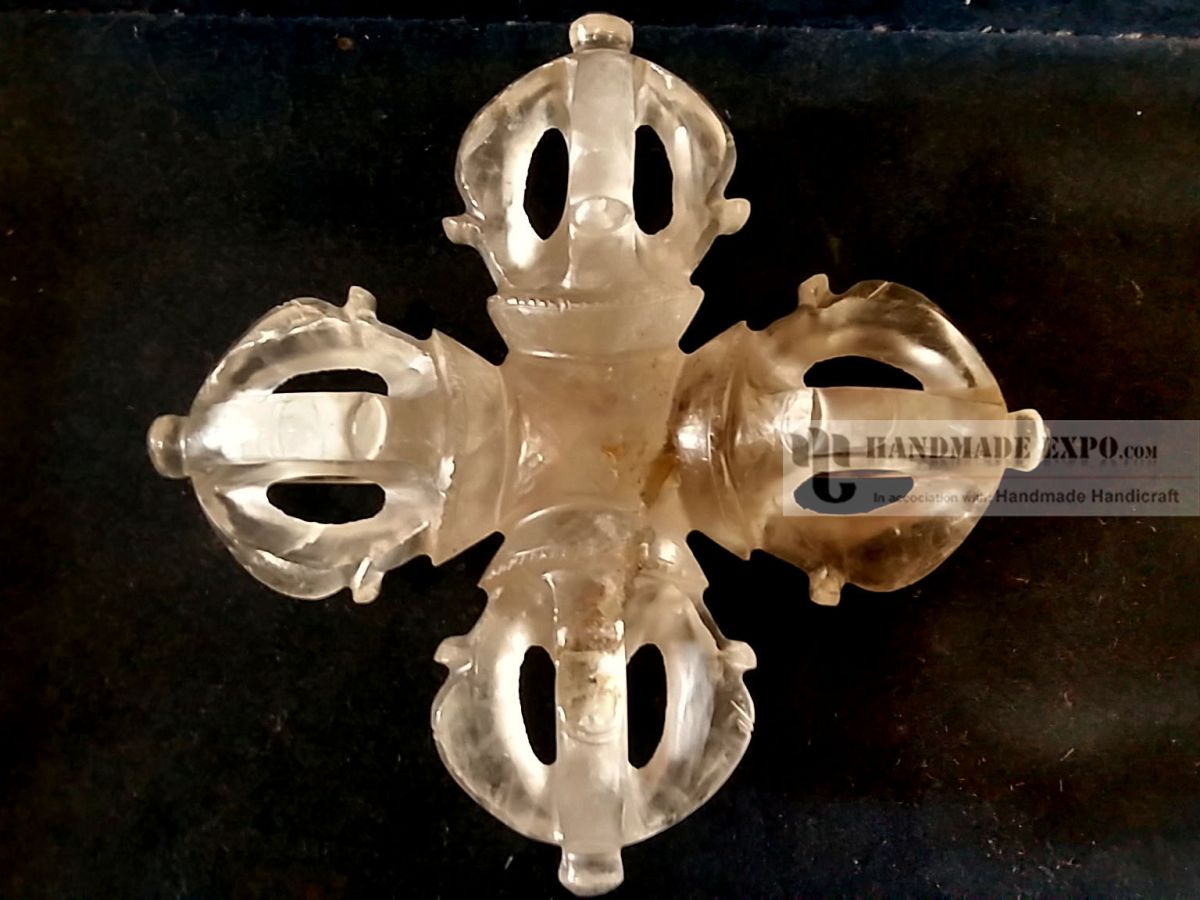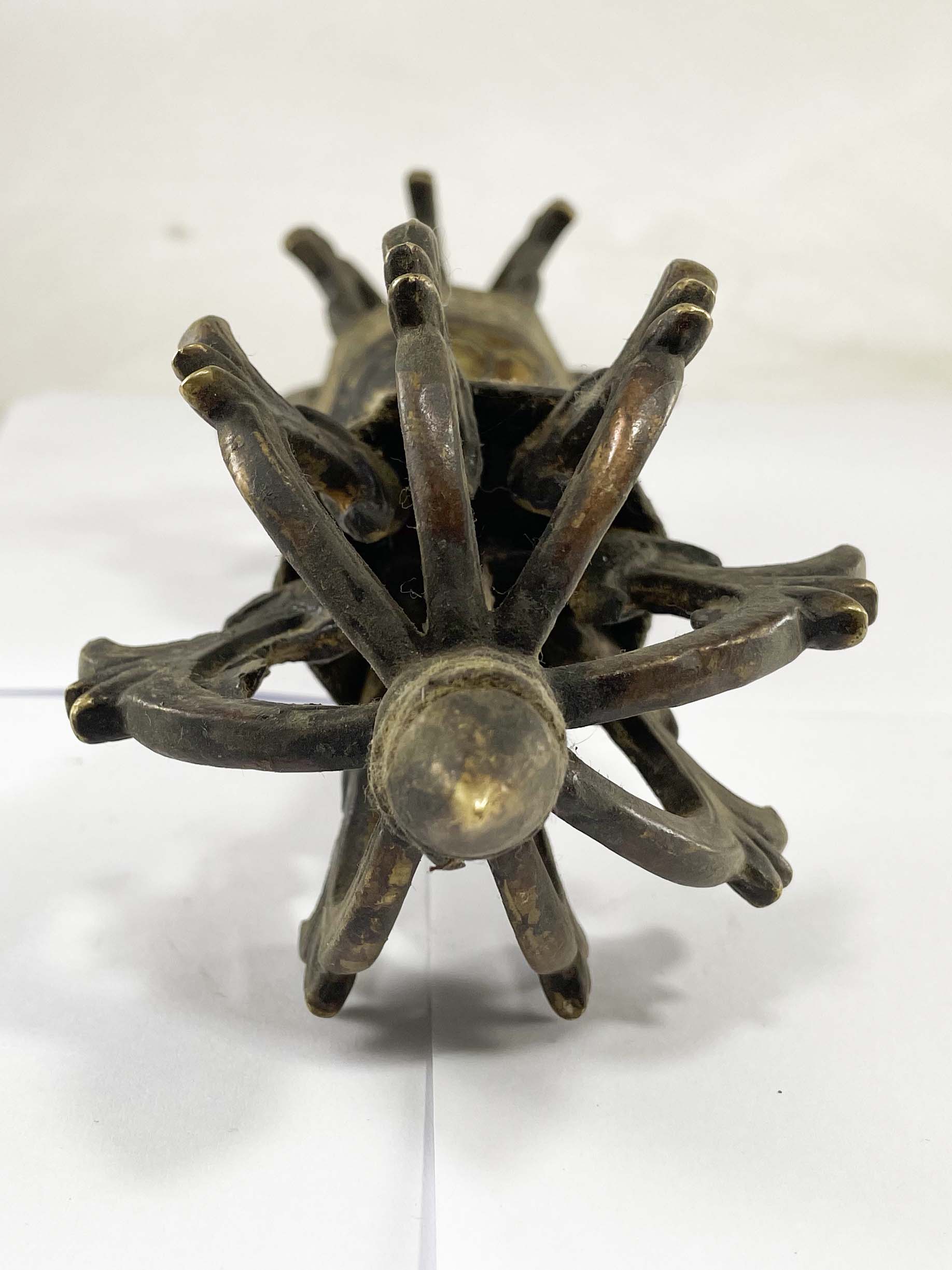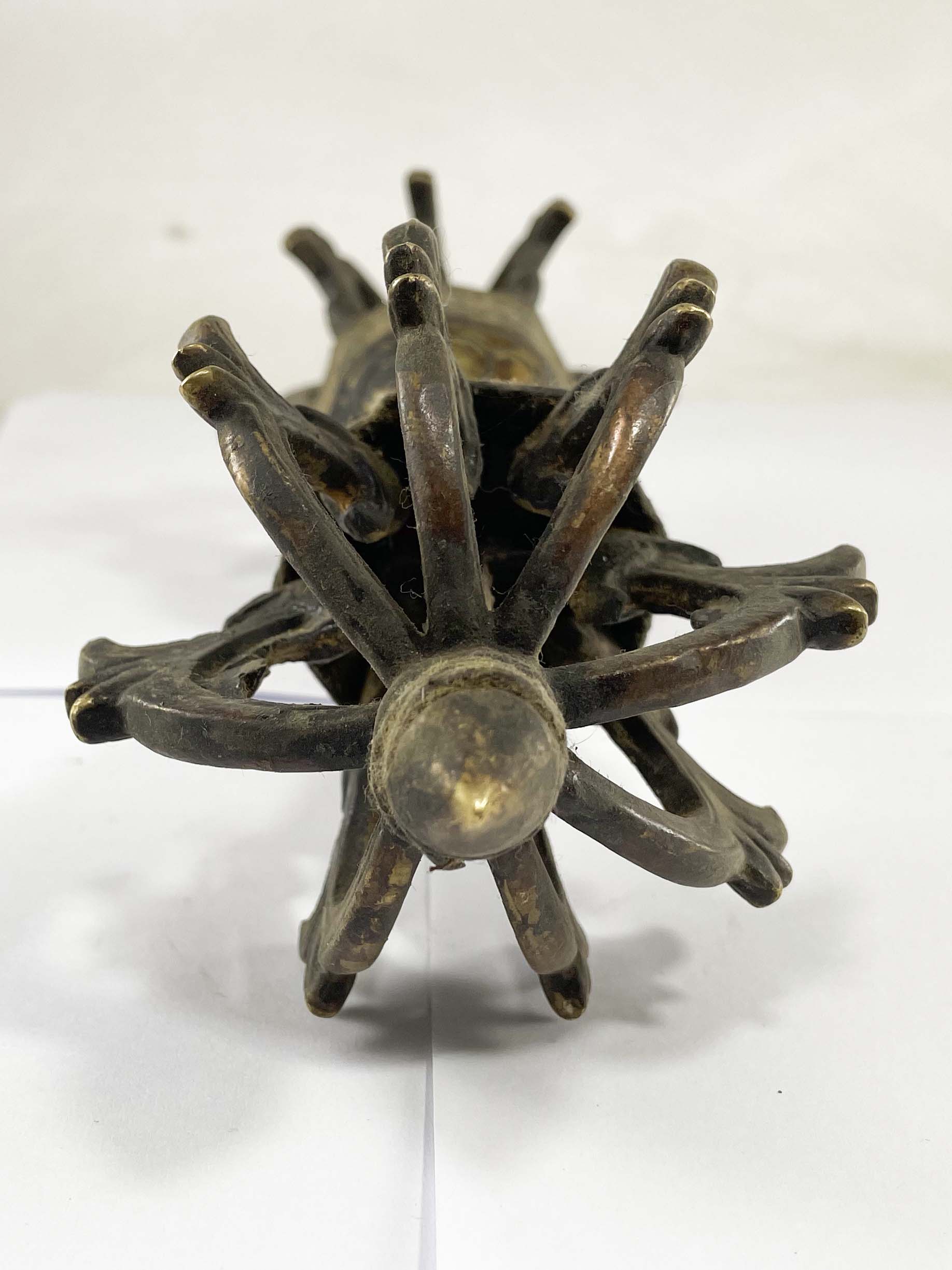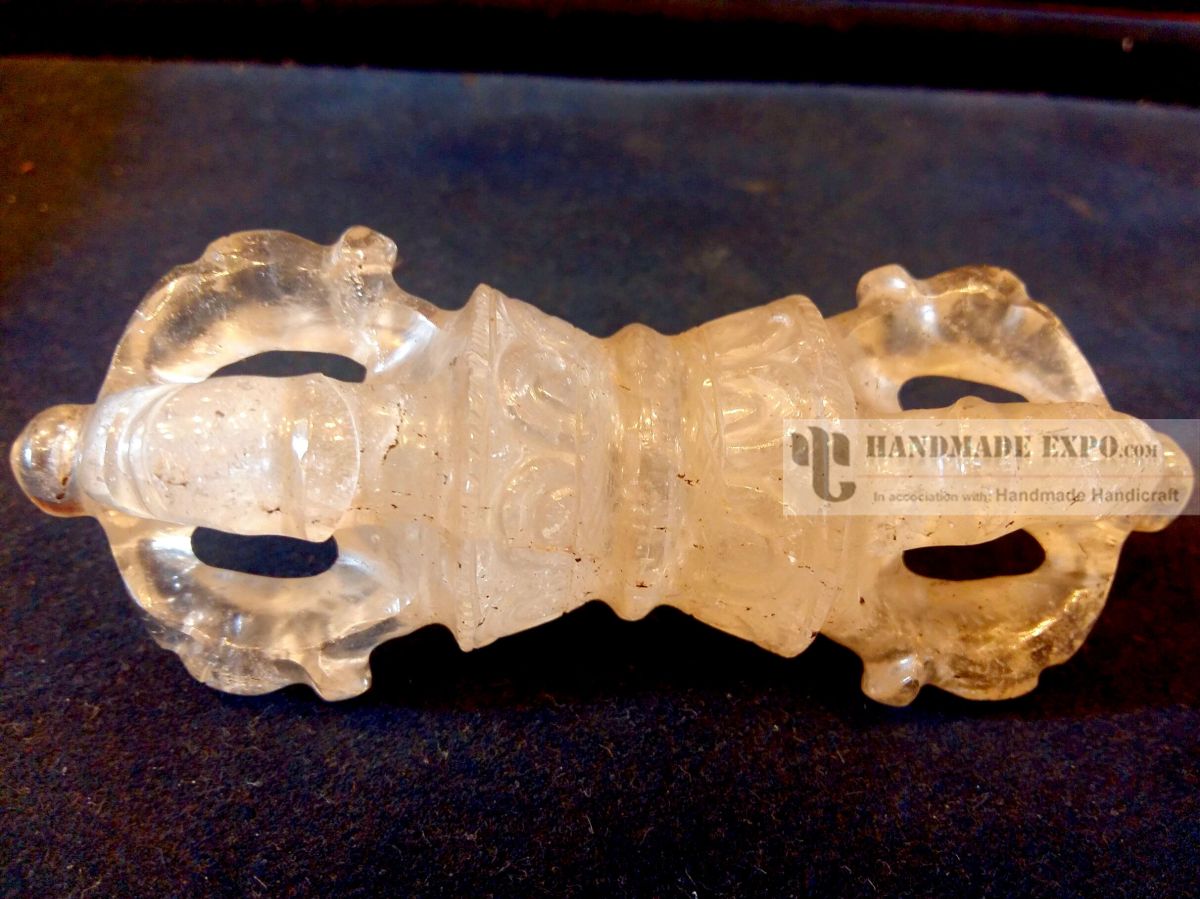Code
HCS28996
Weight
250 gm / 0.55 lbs
Size
Height
4cm (2") Width
16cm (6") Depth
4cm (2") Material
Brass
Availability
Available

Safe Payment
We accept Paypal, Money Transfer, Bank Transfer
Confidence
Protection covers your purchase and personal data.
Worldwide Delivery
We ship Worldwide, except Russia.Shipping cost US$25.2 for upto 0.5 kgs

Hotline
Talk to help line for your question on 9841267335Process: Sand Casting
This Buddhist Ritual Item [dorje], [vajra] Sand Casting, Glossy Finishing has been created using the sand casting system, also known as sand molding casting. This widely employed manufacturing process utilizes a sand mold to produce metal products and components in various sizes and shapes. Sand casting holds significant popularity in the industry, accounting for approximately 60% of all metal castings. The sand casting process involves six primary steps. First, a pattern or replica of the desired sculpture, in this case, Buddhist Ritual Item [dorje], [vajra] Sand Casting, Glossy Finishing, is created using a material like wood or metal. The pattern is then placed in a flask, which is a box-like structure divided into two halves. The next step involves packing the flask tightly with specially formulated molding sand, creating a mold cavity that matches the shape of the pattern. The pattern is subsequently removed, leaving behind a negative impression of the sculpture within the sand mold. Read More . . .
This Buddhist Ritual Item [dorje], [vajra] Sand Casting, Glossy Finishing has been created using the sand casting system, also known as sand molding casting. This widely employed manufacturing process utilizes a sand mold to produce metal products and components in various sizes and shapes. Sand casting holds significant popularity in the industry, accounting for approximately 60% of all metal castings. The sand casting process involves six primary steps. First, a pattern or replica of the desired sculpture, in this case, Buddhist Ritual Item [dorje], [vajra] Sand Casting, Glossy Finishing, is created using a material like wood or metal. The pattern is then placed in a flask, which is a box-like structure divided into two halves. The next step involves packing the flask tightly with specially formulated molding sand, creating a mold cavity that matches the shape of the pattern. The pattern is subsequently removed, leaving behind a negative impression of the sculpture within the sand mold. Read More . . .
Brief Introduction :
The thunderbolt or diamond that destroys all kinds of ignorance, and itself is indestructible. The Vajra is symbol of Indra also. In tantric rituals, the Vajra symbolized the male principle which represents method in the right hand and the Bell symbolized the female principle, is held in the left. Their interaction leads to enlightenment. Also the Dorje or Vajra represents the "Upya" or method Tibetans name Vajra as "Dorje".


![Buddhist Ritual Item [dorje], [vajra] Sand Casting, Glossy Finishing](https://handicraftseller.com/uploads/pics/product/thumb/2023/03/28996.jpg)
![Buddhist Ritual Item [dorje], [vajra] Sand Casting, Glossy Finishing](https://handicraftseller.com/uploads/pics/product/thumb/2023/03/28996_0.jpg)
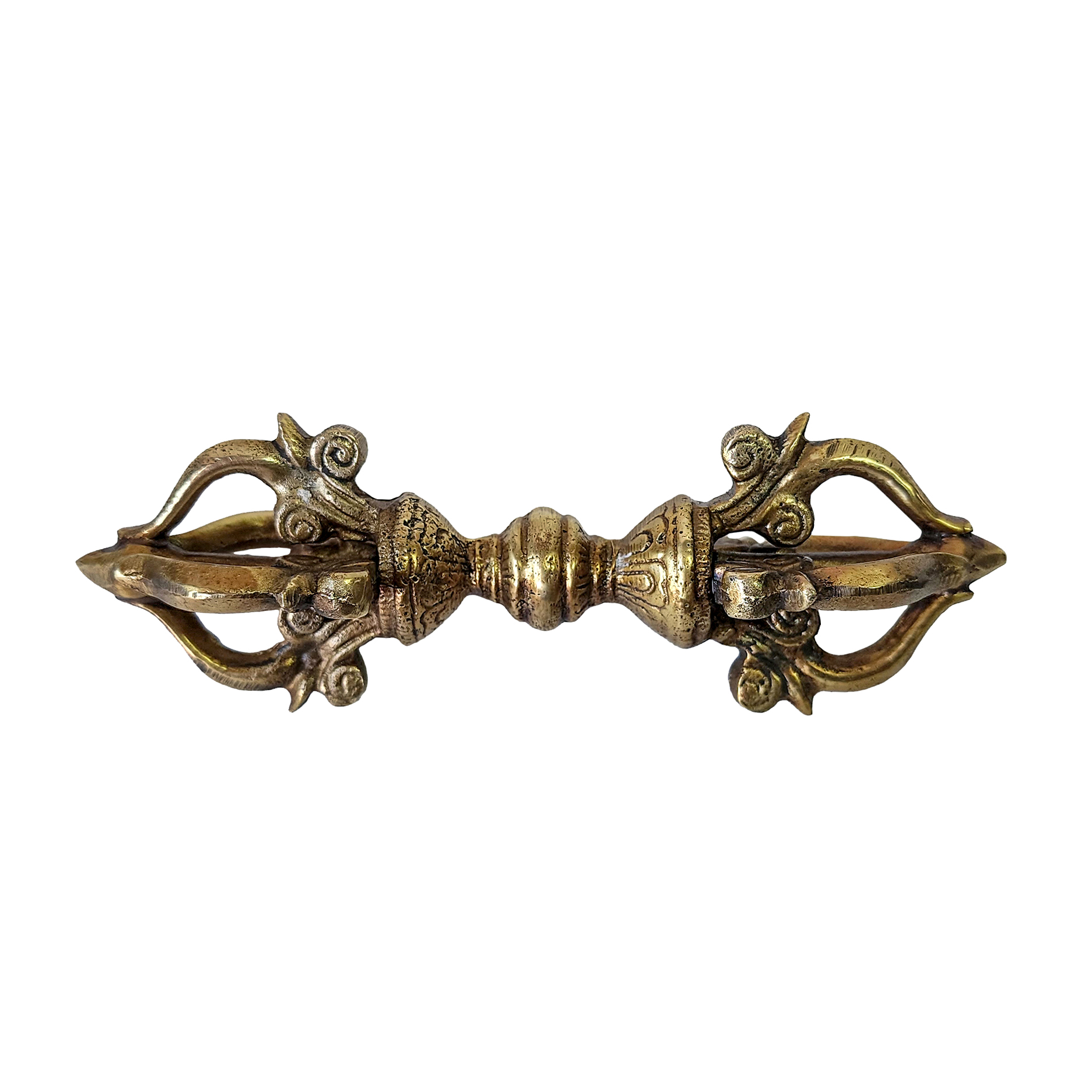
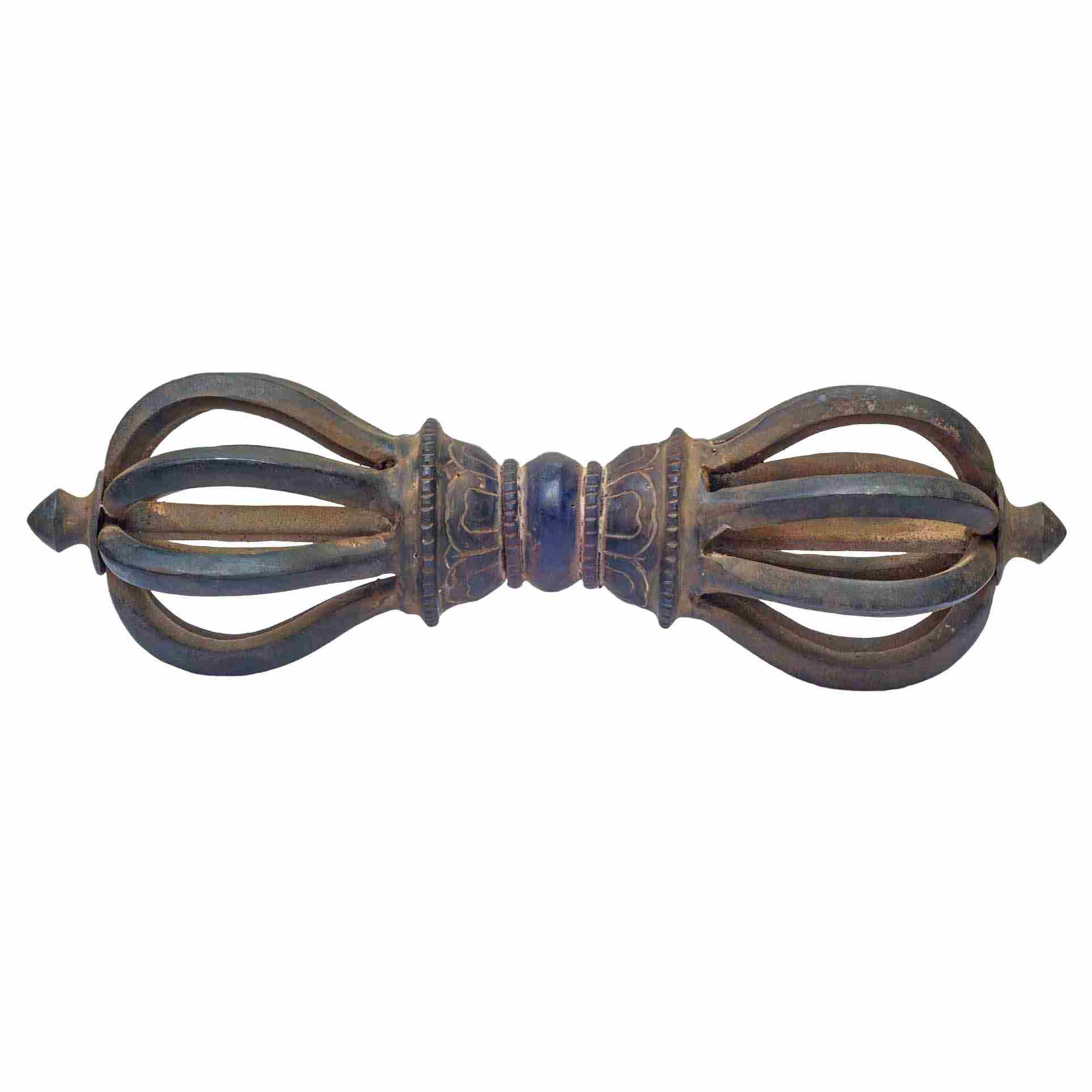 Iron
Iron 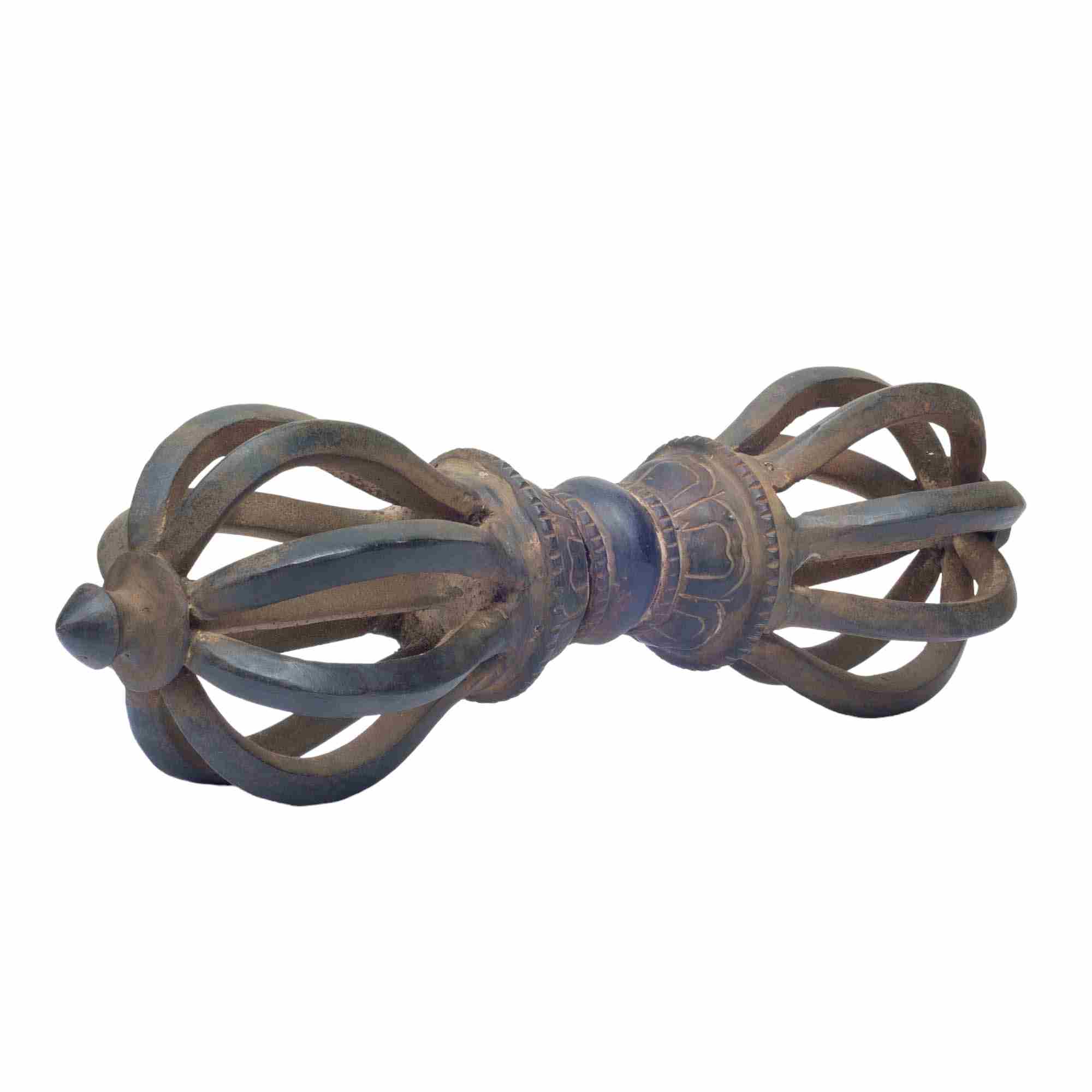 Iron
Iron 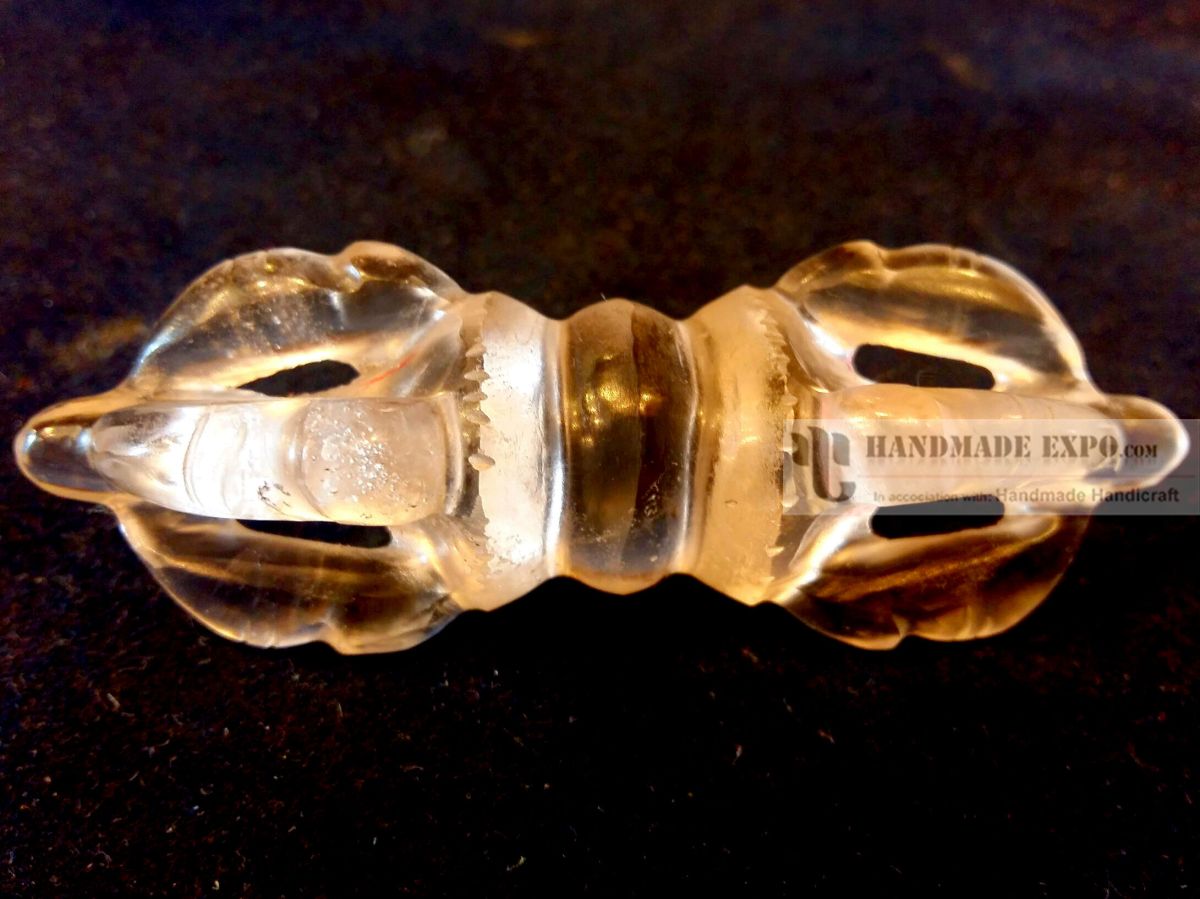
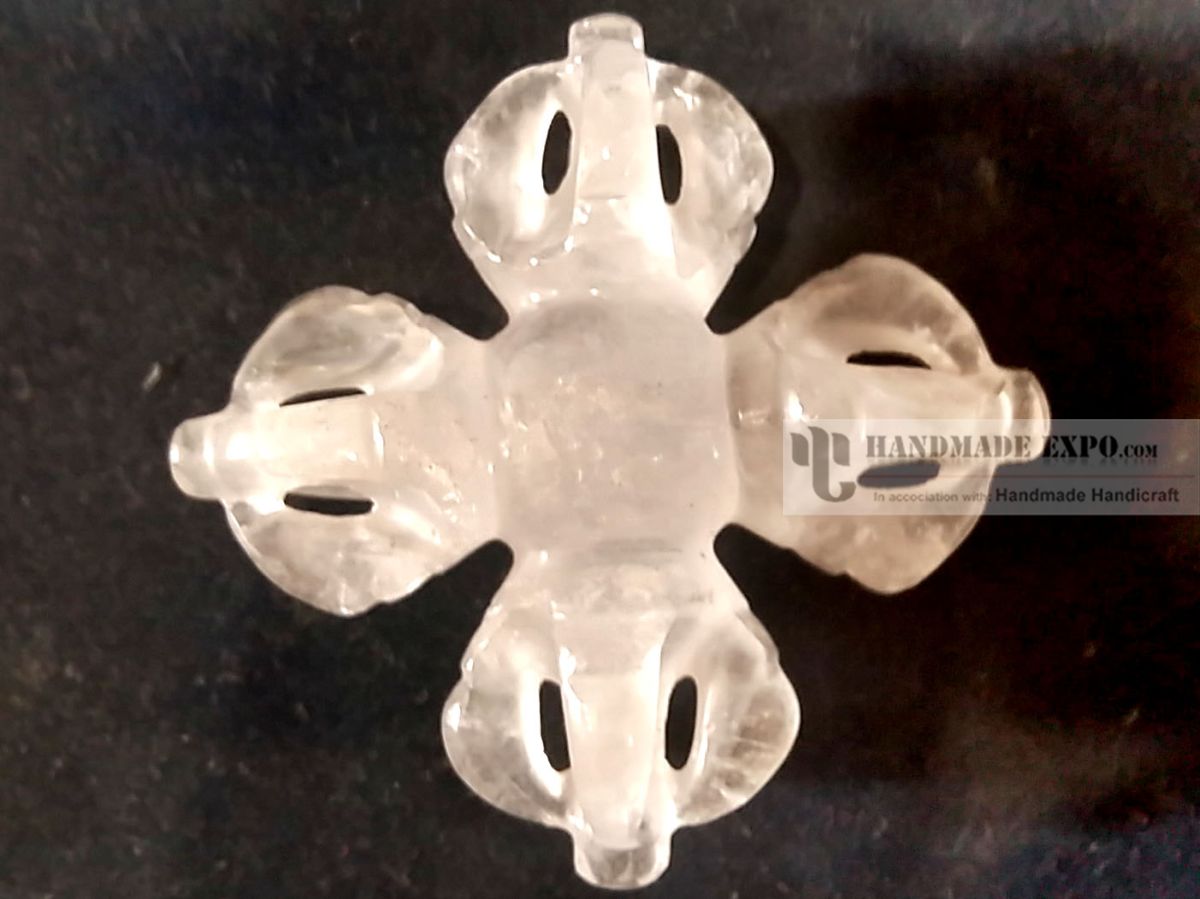

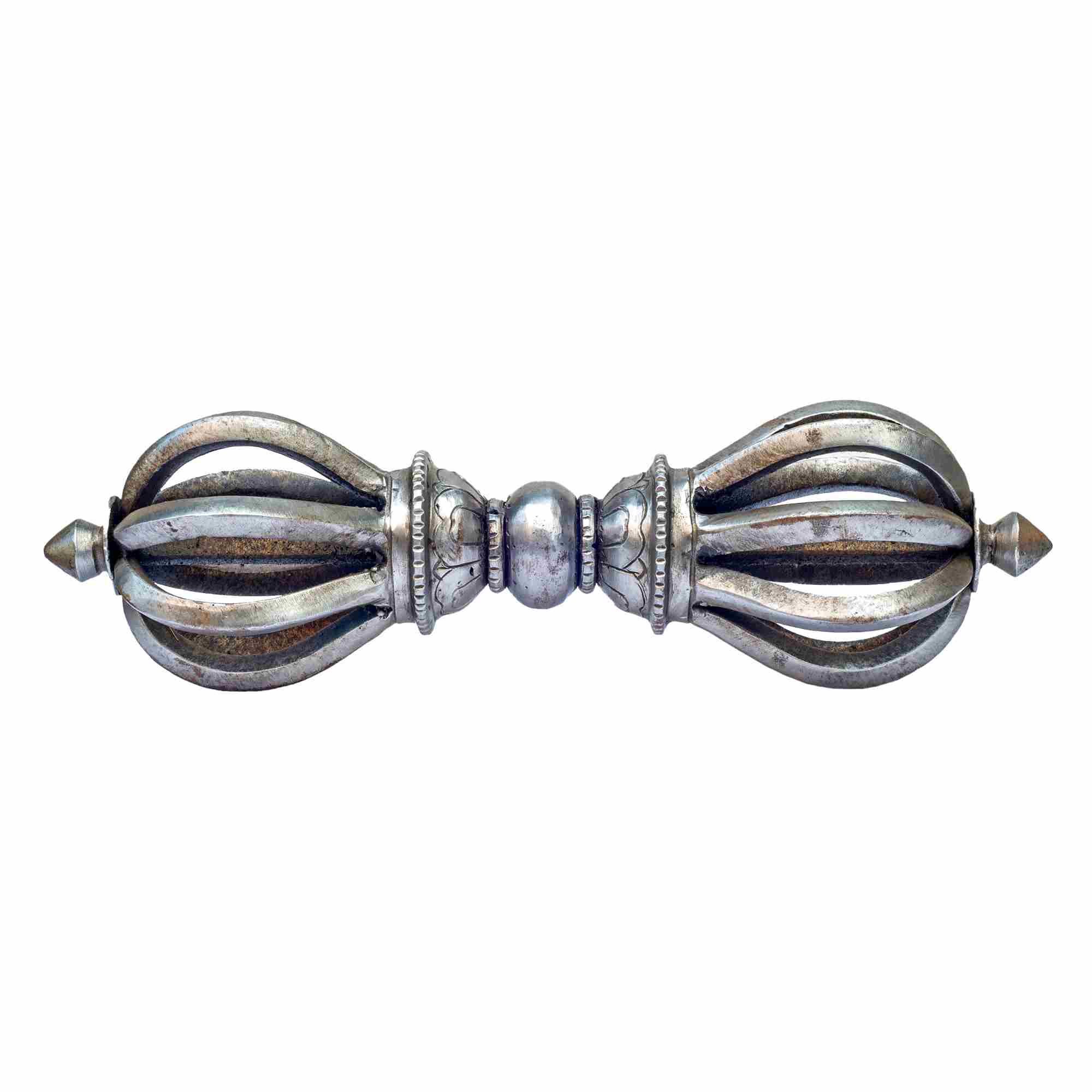 Iron
Iron 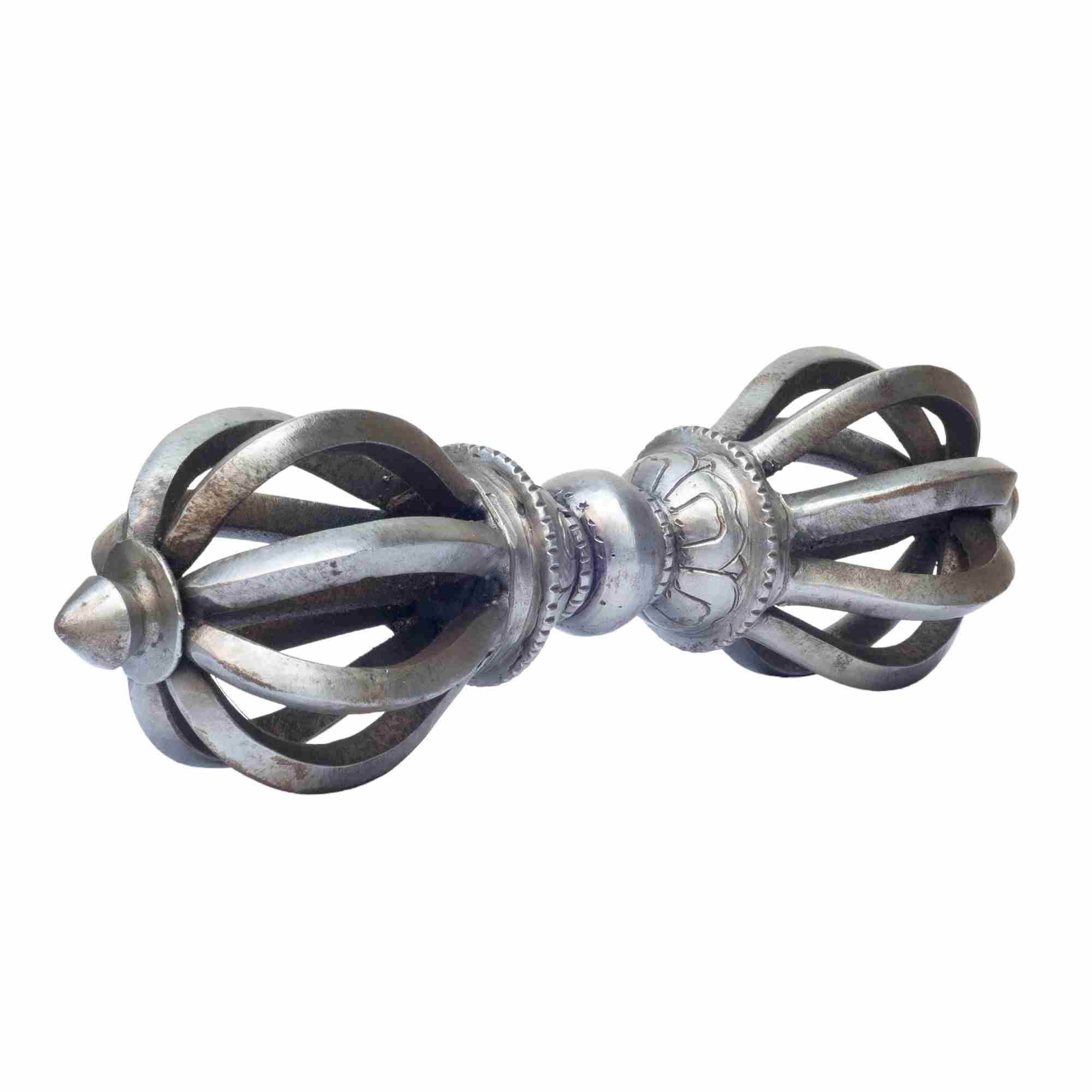 Iron
Iron 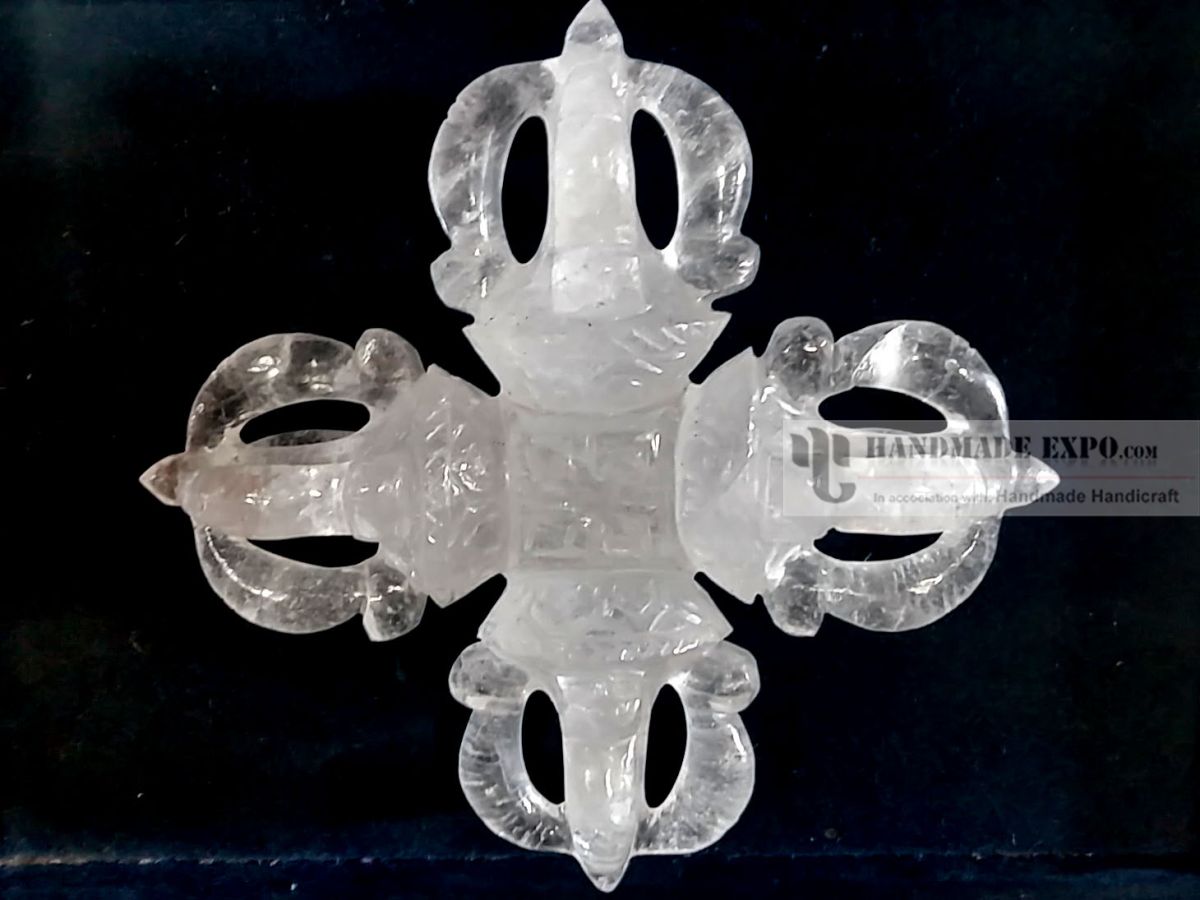
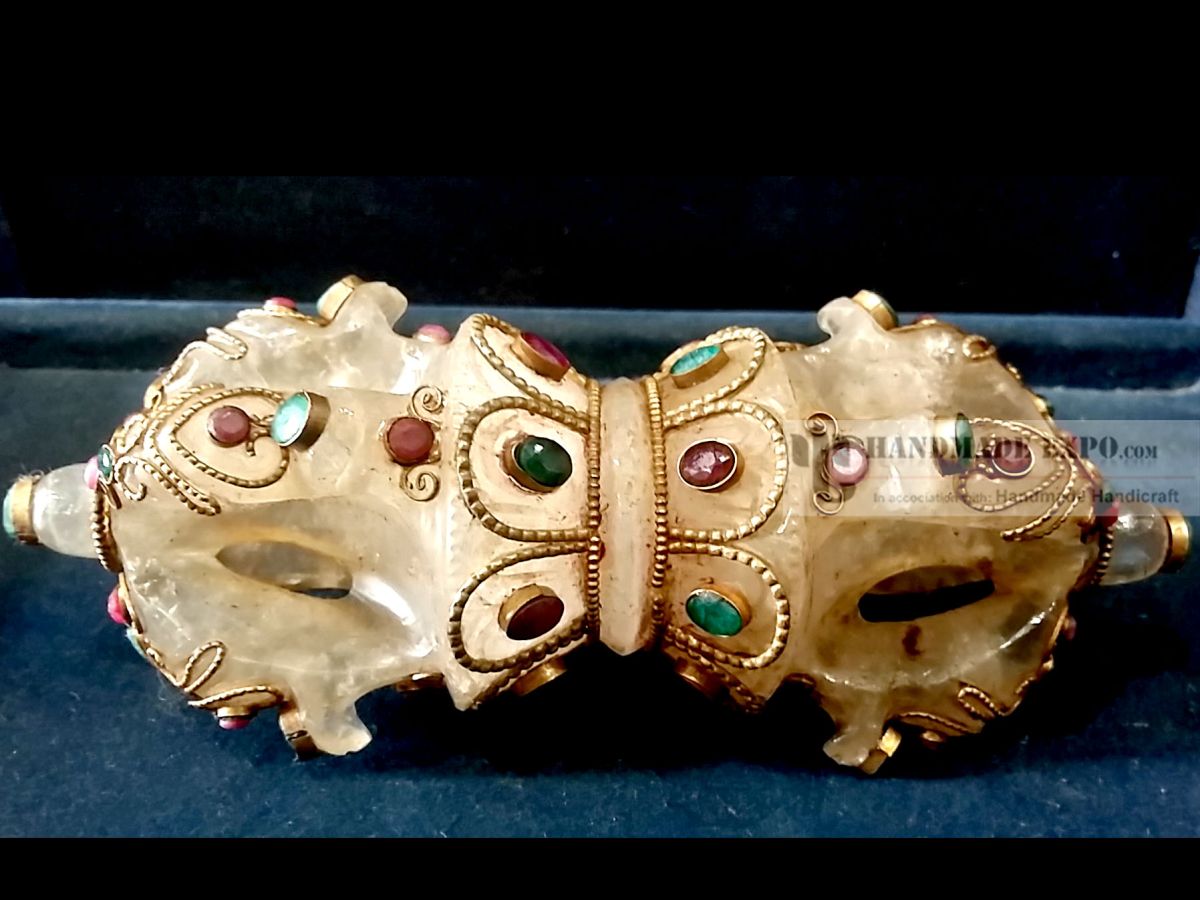 with Stone Setting" title="Semi Clear Crystal- Dorje
with Stone Setting" title="Semi Clear Crystal- Dorje 